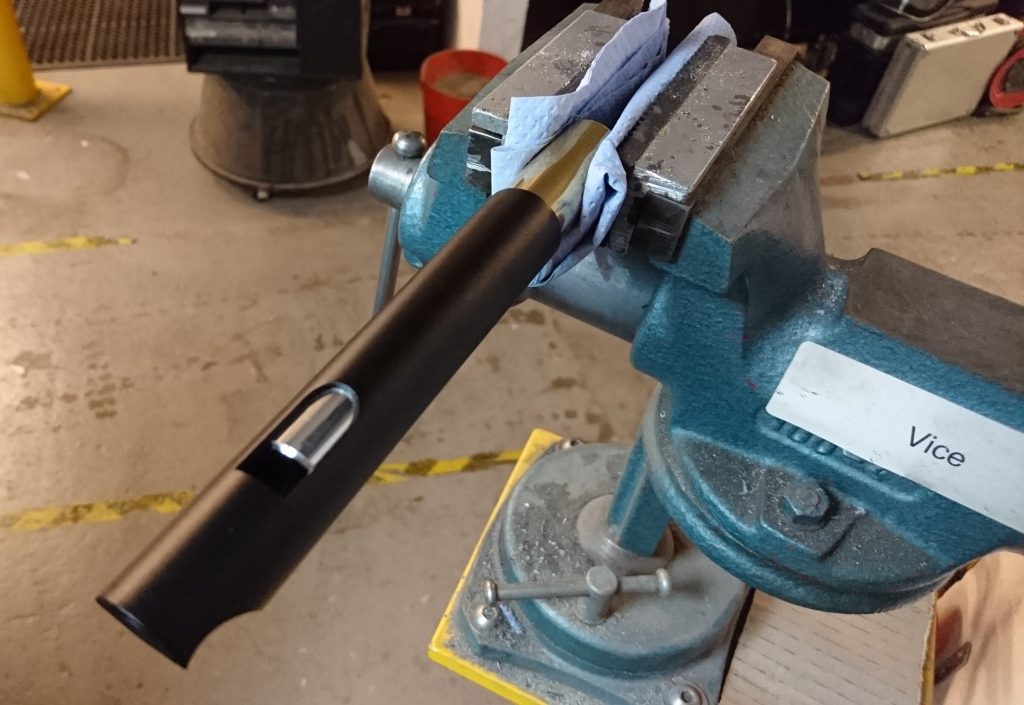Note: this applies only to brass tuning slides. If you find that your brass tuning slide is a little loose you can tension it to exactly how you would like it… To adjust tuning slide tension you are looking to gently squeeze the brass slide at the end. If you have access to a vice, this is […]

